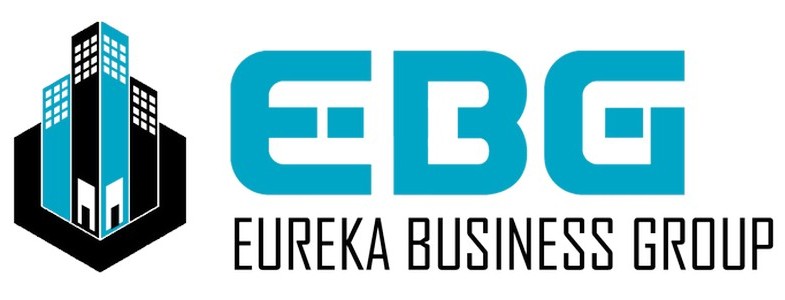- Home
- Retail
- Retail Investors Resources
- DFW’s Retail Evolution: Why Traditional Shopping Centers Must Adapt or Die in 2025
DFW's Retail Evolution: The Adapt-or-Die Reality for Traditional Shopping Centers
The Dallas-Fort Worth metroplex stands at a critical retail crossroads in 2025. Once-thriving shopping centers that defined the region’s commercial landscape for decades now face an existential choice: evolve to meet rapidly changing consumer demands or risk joining the growing ranks of retail casualties. This transformation isn’t just about survival—it’s about reimagining what retail spaces mean to modern communities.
The Perfect Storm
Multiple forces have converged to challenge traditional retail models in DFW. E-commerce continues its relentless growth, with online sales now accounting for over 30% of total retail transactions in the metroplex. The post-pandemic shift in consumer behavior has become permanently embedded, with shoppers expecting seamless integration between digital and physical retail experiences. Additionally, younger generations are increasingly prioritizing experiential retail over traditional shopping formats.
Local market data tells a compelling story. Vacancy rates in traditional DFW shopping centers have climbed to 15% in early 2025, while foot traffic in conventional malls has declined by 25% compared to 2019 levels. However, retail centers that have successfully transformed their spaces and offerings are seeing significantly different outcomes, with occupancy rates above 90% and year-over-year revenue growth.
The New Retail Paradigm
Successful retail spaces in DFW are no longer just places to shop—they’re community hubs that offer diverse experiences. The most resilient centers have adopted a mixed-use approach, incorporating:
- Entertainment venues and interactive experiences
- Health and wellness facilities
- Co-working spaces and professional services
- Educational and cultural programming
- Local food and beverage destinations
- Last-mile fulfillment centers for online orders
Legacy West in Plano serves as a prime example of this evolution. Its recent expansion has seamlessly integrated traditional retail with innovative entertainment concepts, healthcare services, and residential spaces. The development has seen a 40% increase in visitor dwell time and a 35% rise in per-visit spending compared to traditional shopping centers.
Technology as a Transformation Driver
Smart retail centers in DFW are leveraging technology to enhance the shopping experience and gather valuable consumer insights. Advanced analytics help property managers optimize tenant mix and predict consumer behavior. Mobile apps provide personalized shopping experiences, while augmented reality installations create interactive entertainment opportunities that can’t be replicated online.
The Shops at Clearfork in Fort Worth has successfully implemented a digital ecosystem that connects shoppers with real-time inventory, personalized promotions, and convenient services like curbside pickup and virtual styling sessions. This tech-forward approach has resulted in a 45% increase in customer engagement and a 30% boost in sales for participating retailers.
The Human Element
Despite the emphasis on technology, successful retail transformation in DFW hasn’t lost sight of the human element. Creating authentic connections and fostering community engagement have become crucial differentiators. Centers that host regular community events, support local businesses, and provide gathering spaces have seen sustained growth in visitor numbers and customer loyalty.
Grapevine Mills’ recent community-focused renovation exemplifies this approach. By dedicating 20% of its space to local vendors and implementing a year-round calendar of cultural events, the center has transformed from a traditional mall into a vibrant community destination. This strategy has resulted in a 50% increase in repeat visitors and strong support from local residents.
Financial Realities and Investment Opportunities
The cost of not adapting is becoming increasingly apparent. Several DFW shopping centers that failed to evolve have faced foreclosure or significant devaluation in the past year. However, properties that have successfully transformed are attracting premium rents and strong investor interest. The key is strategic investment in both physical infrastructure and experience-driven amenities.
Real estate investment firms are taking notice, with over $2 billion allocated for retail transformation projects in DFW for 2025. These investments focus on creating flexible spaces that can adapt to changing market demands while maintaining strong connections to local communities.
Looking Ahead
The future of retail in DFW belongs to spaces that can create compelling reasons for people to leave their homes and engage with physical retail environments. Success will require continuous innovation, careful attention to changing consumer preferences, and the ability to create authentic community connections.
Traditional shopping centers that resist change face a challenging future. Those that embrace transformation have the opportunity to redefine themselves as essential community assets that serve multiple purposes beyond traditional retail. The message is clear: adapt or risk obsolescence in an increasingly competitive retail landscape.
As DFW continues to grow and evolve, the retail centers that survive and thrive will be those that understand this fundamental truth. The future of retail isn’t just about selling products—it’s about creating experiences, fostering communities, and providing spaces that enhance people’s lives in meaningful ways. For traditional shopping centers in DFW, 2025 marks a critical point in this journey of transformation.



